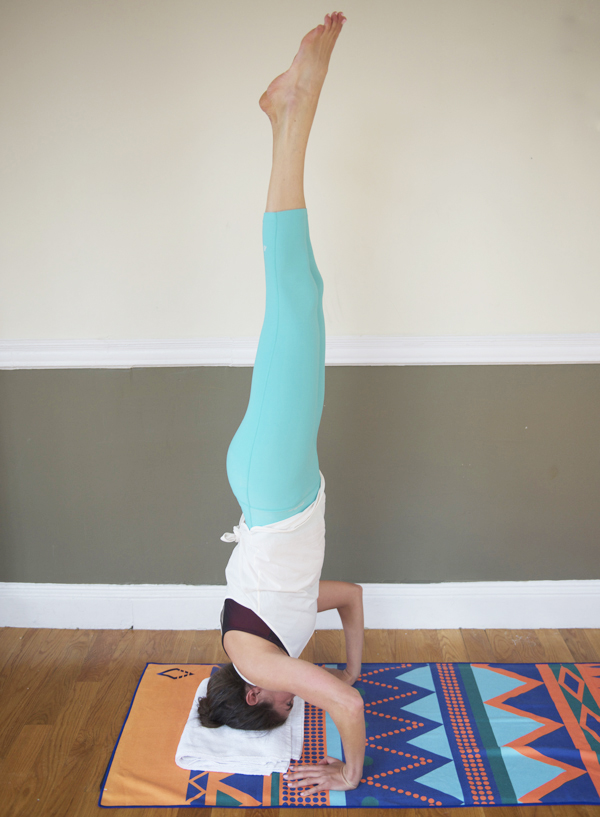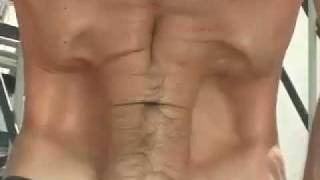
Yoga and Pilates are two very different practices. Yoga is about alignment and the mind-body link, while Pilates focuses more on self care. In contrast, both are known to reduce levels of cortisol, a hormone that spikes when our mind and body are under stress. This hormone is detrimental to our well-being and health.
Pilates focuses on resistance training
Pilates is a traditional exercise that combines mind, body, and spirit. Beginning a Pilates class involves a meditation-based focus at the midsection that guides their attention to certain movement sequences. From there, they can focus on each individual body part and then synchronize each movement with their breathing. This is key to safe, effective Pilates.
Although yoga and Pilates both incorporate mind-body exercise, they are totally different. Although yoga tends more towards meditation, Pilates focuses on physicality and the connection of mind and body. Both are good for stress management and physical health. Additionally, the equipment used in each method is different.
Yoga is a spiritual practice
Many yoga practitioners consider yoga to be spiritual. It helps the student tap into the infinite energy of the universe and manifest their dreams. This discipline helps to change the mindset that leads people to self-sabotage. You will live a life filled with purpose and meaning.

Yoga is an ancient spiritual discipline which combines breathing and physical movement with meditation. Yoga is a way to find harmony and balance within the body and mind. Yoga is a Sanskrit term that means "union" and comes from the Sanskrit word, yuga. Yoga, or "union", is a technique to control the body and mind.
Yoga is better to achieve balance and flexibility
While Yoga and Pilates are both good forms of exercise, some experts say Pilates is better for balance and flexibility. Yoga emphasizes static poses, while Pilates emphasizes moving between positions. Pilates improves motor control which can help prevent falls. In addition, yoga and Pilates can help prevent chronic low back pain and promote healthy posture.
Both yoga and Pilates involve strict, structured routines. Some people find them intimidating, while others may find yoga more accessible. You can adapt both to fit different fitness levels.
Pilates is easier than yoga
Pilates is a low impact way to increase core strength. Developed in the 1920s by Joseph Pilates, it emphasizes muscle control, stability, and strength. The Reformer is a special type of apparatus that allows you to exercise on a mat or on the floor. You should be properly covered before you start.
As with yoga, Pilates involves small, controlled movements. While Pilates focuses on strengthening the core of the body, it also helps with flexibility and overall strength. MindBody research shows that 70% of those who do yoga or Pilates experience less stress. Both are beneficial for the body and mind.

Pilates is better at mental health
Pilates, a gentle exercise, has been proven to reduce anxiety and depression. This type of exercise is flexible and focuses on core stability. Each principle corresponds with a specific exercise. It also has deeper meanings in mind-body and health.
While yoga tends to be more meditative in nature, Pilates focuses more on the mind and body connection. It emphasizes muscular strength and flexibility, as well precision of movement. Both Pilates and yoga have their own equipment.
FAQ
Is yoga associated with side effects?
Like all forms of physical activity, yoga has some potential risks. The biggest risk is injury. Make sure you know how to perform each pose safely.
If you are just beginning yoga, you might feel dizzy when standing on the head.
This is caused when blood pools in your brain. This sensation will quickly go away, but don't panic.
Do not hold your breath if you feel chest pains while performing downward-facing dogs. It will only make the situation worse and increase your heart rate.
Does yoga make me look like a hunk?
No! After practicing yoga, you will not appear like a Hollywood star. You will look toned, stronger, flexible, and leaner after you do yoga.
Is it possible for me to practice yoga at home?
Absolutely! There are many ways to practice yoga at your home. For example, videos, DVDs/CDs, CDs, magazines and apps can all be used to practice yoga at your home.
YouTube has free videos of yoga that you can download. The best way to learn is with a skilled instructor.
Is yoga safe?
Yes! Yoga is considered to be low risk and is generally safe for everyone. However, if you have any medical conditions and injuries, it is a good idea to consult your doctor before trying yoga.
Do I have to be flexible to do yoga?
It all depends on which type of yoga you choose. Some yoga styles require flexibility while others emphasize muscle strength.
Also, yoga style dictates the level of flexibility required. Beginners might be able to just stretch their arms straight up. Intermediates may only need to reach overhead. Intermediate practitioners will need to bend forward and touch the toes. Advanced practitioners may be required to do deep twists and turns.
Statistics
- The American Psychological Association recently shared that 84% of American adults feel the impact of prolonged stress (5). (healthline.com)
- Gentle yoga has been shown to ease some of the discomforts of tender, swollen joints for people with arthritis, according to a Johns Hopkins review of 11 recent studies. (hopkinsmedicine.org)
- In comparison, a 125-pound person is estimated to burn 135 calories in 30 minutes of walking (at a pace of 15-minute miles) and 210 calories bicycling at a moderate pace on a stationary bike. (everydayhealth.com)
- About one in seven U.S. adults practiced yoga in the past 12 months, according to a 2017 national survey. (nccih.nih.gov)
- Lock in 25% off your Founding Member rate. (corepoweryoga.com)
External Links
How To
Yoga can help menopause symptoms
Yoga is an ancient practice that originated in India and focuses on stretching, breathing, and meditation. It has been practiced for thousands of years as a way to stay fit. It is becoming increasingly popular as people look for ways to stay fit and healthy in times of stress and illness.
Yoga is about using physical positions (asanas), to strengthen muscles, improve posture, and increase flexibility. This helps to relieve tension and build strength and stamina.
There are many types and styles of yoga. Each type of yoga focuses on a specific aspect of the body such as breathing, stretching and relaxation.
All types of yoga are meant to help you achieve harmony within your body and mind. Yoga has many benefits, including improved fitness, weight loss, improved sleep quality, energy levels, and reduced stress.
Several studies have shown that yoga may be beneficial for treating conditions such as depression, anxiety, and insomnia. However, there is little conclusive evidence of its effectiveness for other health issues such as menopausal symptoms.
As well as helping you feel healthier and happier, yoga teaches you how to relax and manage stressful situations - skills that could be helpful when dealing with menopause.
Yoga can cause muscle soreness, so it is important to start at a low intensity level. Your doctor should be consulted if you have questions or concerns about your health.